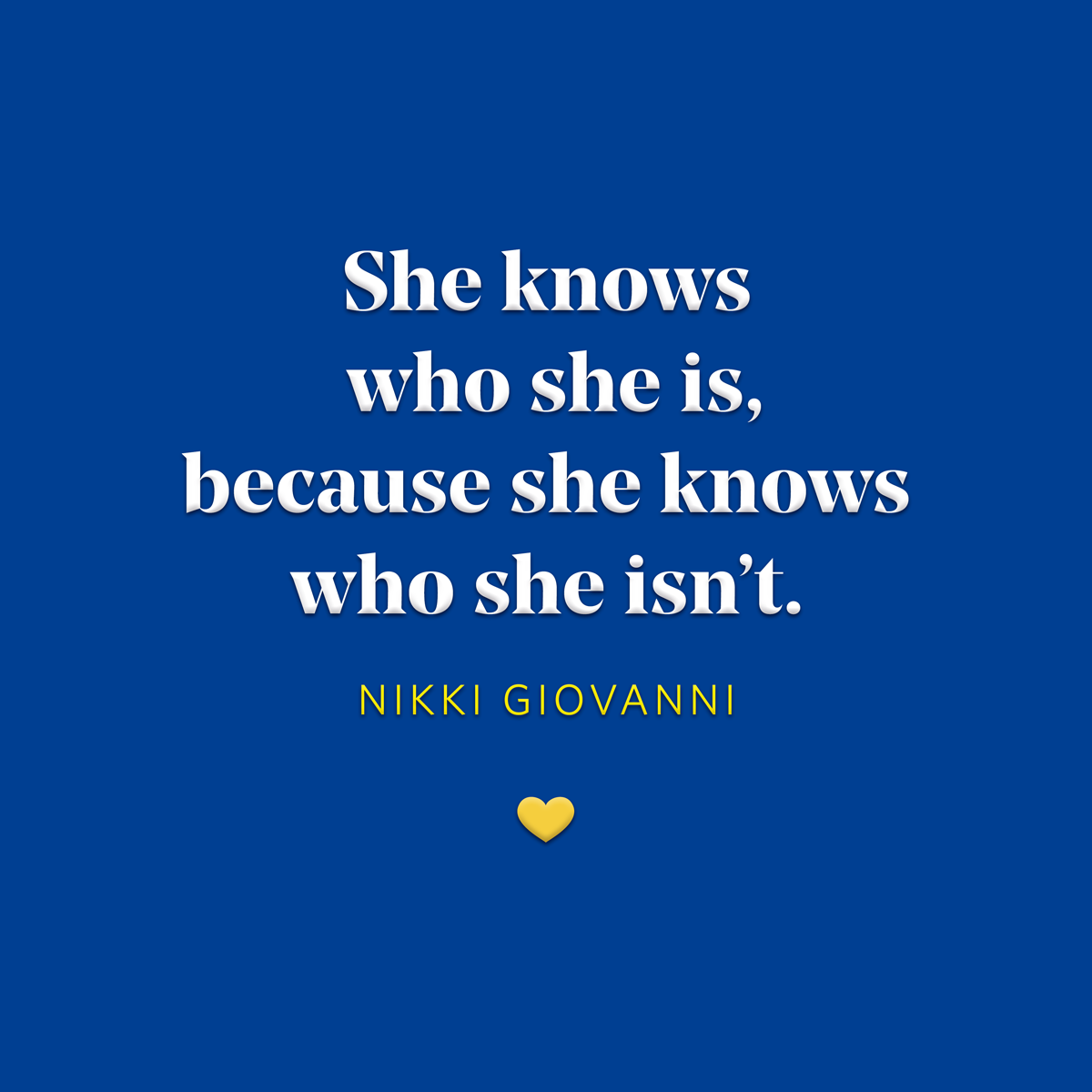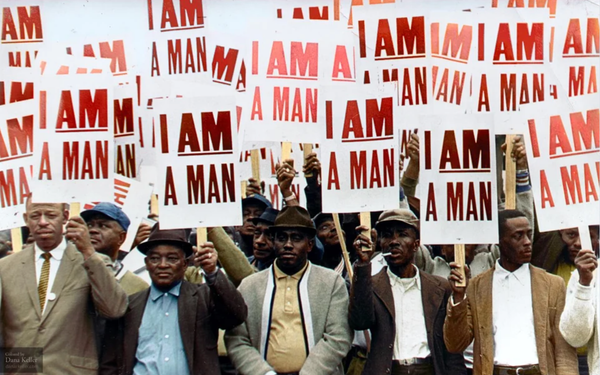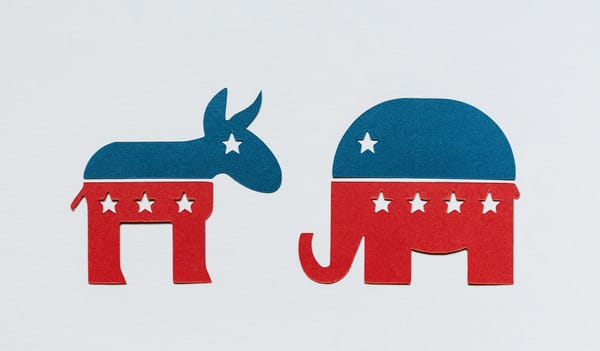Editor’s Letter
Those on the journey from a race-based mindset to a more equitable worldview travel a bumpy road riddled with false starts, stops, stumbles, and downright faceplants. The trip becomes easier when we learn to spot and avoid the hazards along the way. Some people benefit a great deal from vicarious learning. They don’t have to drive drunk, land their car in a ditch, and have their license suspended to understand the consequences—potential physical harm, material damage, financial costs, and more—driving under the influence can unleash.
I drive a twenty-seven-year-old car. Some might call it a classic, others simply “old.” However you refer to my vehicle, it’s reliable and gets me where I need with a little bit of style (at least once a week a much younger car enthusiast asks if it is for sale), I’m comfortable with it, and despite the inconvenience of a temperamental interior passenger door handle—it suits my needs. A newer, sexier car with more horsepower and gadgets would be great, but a new car comes with a cost: monthly payments. In terms of cost versus value, it’s not worth it to me to make the necessary changes a car payment would require. So, I keep tooling around town in my current ride.
We’re in the middle of an unbearable Florida summer. If you’ve lived here for any amount of time, you know the heat and humidity can be brutal. In Vegas, it’s the heat that makes life outdoors miserable. In other parts of the country, it’s the humidity. In landlocked central Florida during the summer, it’s the one-two punch of both the heat and humidity. My existence this time of year consists of going from one air-conditioned space to another . . . anything to keep from sweating through my clothes.
Two weeks ago, the unthinkable happened. The knob on my car’s fan control came off in my hands. You know, the knob that controls how much, if any, cool air comes out of the vent. My mechanic rifled through his drawer of spare knobs–who knew such a thing existed? He came up empty-handed. Luckily, I found a factory-issued replacement knob on eBay for my 1997 model car . . . wait for it . . . for thirty-five dollars.
Yep, thirty-five dollars.
Of course, that’s an insane amount of money for a very old piece of plastic, but the value of being able to ride around in air-conditioned comfort far outweighed the price. And I ordered the replacement part within minutes of finding it.

A similar thing happens when people decide to commit to the work of allyship or advocacy. The road from a race-based mindset to a more equitable worldview is riddled with false starts, stops, stumbles, and downright faceplants. The journey becomes easier when we learn to spot and avoid the hazards along the way. Some people benefit greatly from vicarious learning. They don’t have to have a serious car accident to understand the consequences—potential physical harm, material damage, financial costs, and more—driving under the influence can bring. Others, not so much.
One seemingly inescapable road hazard for many trying to relinquish a race-based mindset is justifying the systemic racism foisted upon Black, Indigenous, and People of Color. This strategy involves downplaying the status quo, incident, or behavior in question, advising the impacted party to postpone concern because nothing appears out of the ordinary, and sometimes denying that any negative consequences could possibly befall Black, Indigenous, or People of Color because the naysayer hasn’t seen the foretold outcomes materialize before their eyes. Heaven forbid the enactment of preventative measures.
No matter how well-intended the response, the impact tacitly makes the case for white supremacy by justifying a status quo in which whiteness reigns supreme. Responding as such infuriates Black, Indigenous, and People of Color and insults our intelligence and lived experience.
This occurred in the comments section of an article I read recently. The respondent basically said while Florida’s new education guidelines for African American history do X, Y, and Z—
“They aren’t that bad.”
“This is just a framework. Details have yet to be worked out. No need for alarm.”
“X can’t possibly happen because . . . that’s just beyond the pale.”
“Just because Y hasn’t been included doesn’t mean it can’t be taught.”
In this case, numerous Florida educators would disagree.
The better approach is to take the concerns of Black, Indigenous, and People of Color seriously at first blush. Consider them a valid starting point for examining issues instead of dismissing them out-of-hand. We are the best witnesses as to how our lives are impacted on a daily basis.
When traveling the road to racial equity, it’s impossible to support racial equity while volitionally or unknowingly making the case for white supremacy. How can anyone grasp a future with racial equity while enabling past practices of white supremacy? The two are mutually exclusive. But both racial equity and white supremacy come at a price; one that is inversely proportional to how little one values the other.
Love one another.
Clay Rivers
OHF Weekly Editor in Chief
New This Week
When You Walk into that Valley

Writing about race is a double-edged sword. The edge I focus on is the one that cuts through our cultural blindspots to ask the questions I want to ask. But there is another edge that often cuts me back. Because if you write about race, many people automatically see you as an expert on race, and they want to avail themselves of your so-called expertise.
Regularly, well-meaning people who read my work contact me. Most of them ask me essentially the same question:
Will you teach me what to do?
There are many variations on the question. Some, such as the angry demands, obviously need to be ignored. Some are declarative: One variation I’ve gotten many times is illustrated in this quote from an email message: “It would help if you gave specific, actionable steps we can take instead of just voicing the problem.” Another was more blunt: “Unless you tell us what to do, you’re just complaining.” Others are more thoughtful, another email message asked: “I wonder if you can show me how I can use my privilege to help.”
Regardless of the variation, they are all saying the same thing: Teach me what to do.
If you are one of those people, believe me when I say that I understand. I understand why you would contact me, and I understand why you would ask this of me. I understand because I find myself tempted to do the same thing. For instance, I don’t know what it’s like to be a disabled person, and I have this vague sense that I have it better than disabled people. If my actions contribute to that, what better way than to ask disabled people to teach me what to do, right?
Read the complete article at OHF Weekly.

How Much Discrimination in Acceptable

dis·crim·i·na·tion noun
1. the unjust or prejudicial treatment of different categories of people, especially on the grounds of ethnicity, age, sex, disability, or sexual orientation
This story is based on the premise that people accept a certain amount of discrimination. Sometimes it’s accepted when they are the recipient, primarily when others are discriminated against. Discrimination will never end if we’ve learned to live with it. The question is when we draw the line and say no more.
Sometimes accepting discrimination comes down to money; how much are we willing to spend to eradicate it? An example would be persons with disabilities. In 1990, Congress passed the Americans With Disabilities Act, which generally extended rights to people with disabilities that were extended to others in the Civil Rights Act of 1964. It only applies to employers with fifteen or more workers. Large employers were required to modify their workplaces to not discriminate against those with certain handicaps. Smaller firms were allowed to continue excluding some people from their workforces for real financial concerns though it is still discrimination. A line was drawn as to what was acceptable and what was not.
Read the complete article at OHF Weekly.
Final Thoughts









